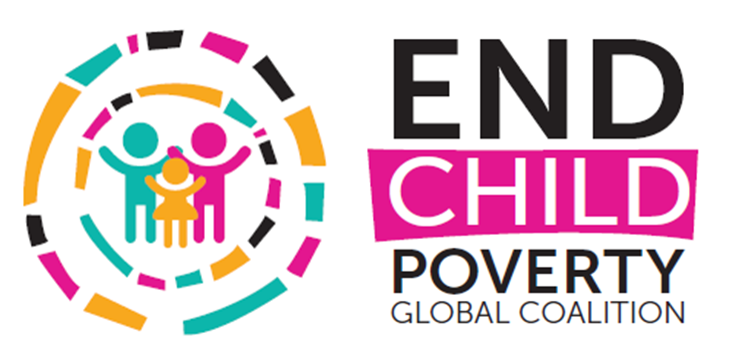The lives and futures of millions of children are in jeopardy. We have a choice: Invest in the most excluded children now or risk a more divided and unfair world.
NEW YORK, 28 June 2016 – Inequity imperils the futures of millions of children and, left unaddressed, will hamper efforts to achieve the Sustainable Development Goals, according to the latest edition of The State of the World’s Children: A fair chance for every child.
Released today, the report shows that if more is not done to reach the most disadvantaged, vulnerable and excluded children, the world will fall short of meeting its goals on ending poverty, reducing child mortality and achieving universal primary and secondary education by 2030. By extrapolating current trends, the report projects that by 2030, 167 million children will be living on no more than $1.90 per day, 69 million children under 5 will have died of mostly preventable causes and more than 60 million primary-school-age children will be out of school – more than half of them in sub-Saharan Africa.
These grim forecasts stem from disparities in access to services and opportunities between the richest and poorest, girls and boys, and urban and rural communities, as well as discrimination and exclusion.
Despite tremendous achievements over the past 15 years in reducing under-5 mortality, expanding access to education, and lifting people out of poverty, progress has been neither even nor fair. The poorest children are still almost twice as likely to die before their fifth birthday as the richest. And although school enrolment has increased in many countries, the global number of primary- and lower secondary-school-age children who do not attend has grown since 2011, amounting to about 124 million in 2013.
“For the most part, the constraints on reaching these children are not technical,” wrote UNICEF Executive Director Anthony Lake in his foreword to the report. “They are a matter of political commitment. They are a matter of resources. And they are a matter of collective will.”
The report points to evidence that investing in the most vulnerable children can yield immediate and long-term benefits. Cash transfers, for example, help children stay in school longer and advance to higher levels of education. On average, each additional year of education a child receives increases his or her adult earnings by about 10 per cent.
The report is a call to action for governments to ramp up their efforts to achieve the SDGs – starting with a focus on the children left furthest behind. Based on UNICEF’s 70 years of experience working on behalf of the hardest-to-reach children, the report proposes five pathways to equity that can guide governments, development partners, civil society and communities: better data on the most vulnerable children; integrated solutions to the challenges children face; innovative approaches to solve old problems; more equitable investment and budgeting; and increased involvement by communities. It also suggests governments set their own interim equity targets leading up to 2030, with national strategies to meet the various goals.
Read the press release ǀ Read the report at www.unicef.org/sowc2016.
Find all multimedia content here.


